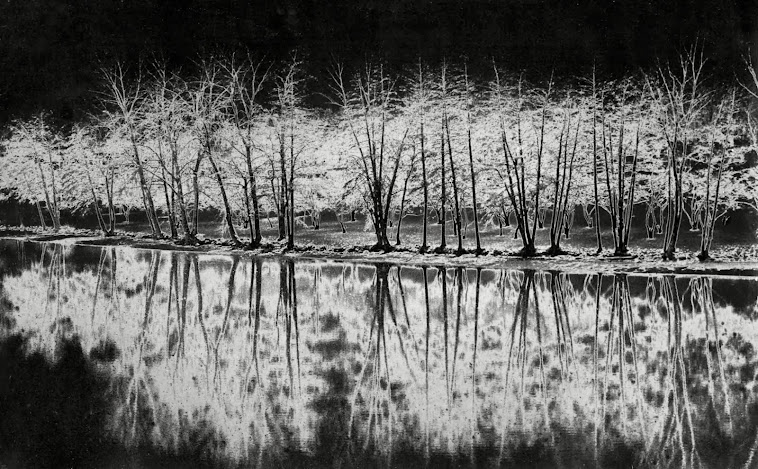Like most Moroccan towns, Tangier has a variety of different portals into the medina. The entrance below, Bad el Fahs, exhibits the distinctive horseshoe arch [also known as the Keyhole or Moorish arch].
While engaging,Tangier did not have the sparkle of the other medinas we had seen. Still, there were interesting people and sights. This artisan [and his creations] below was one of the few who did not refuse to be photographed, and he did not request payment.
The colorful blue and white below is, unfortunately, not how the houses are painted in Tangier.
Just outside one of the medina gates was an area where various workers congregated with their tools, waiting for a prospective hire.
After departing Tangier, we drove to Cap Sparlet, the point where the Atlantic Ocean [on the west] meets the Mediterranean Sea [on the east], marked by the painted rock.
One of the big attractions in the area is the Cave of Hercules, a natural cavern sculpted over centuries by the waves of the Atlantic Ocean. Various artifacts [tools, pottery, human statues] found in the cave have been dated back to 5,000 BC. Viewed from the ocean, the upper portion of the opening looks like the contour of the map of Africa. To me, looking out toward the ocean, the outline reminds me of the silhouette of Nefertiti. Unfortunately, missing from this still shot is the loud crashing of the waves and surf.
After exiting the cave and proceeding up a walkway, I turned and saw this trio of men sitting on a bench, beautifully silhouetted against the sky. Was the plant eavesdropping on their conversation?



















































